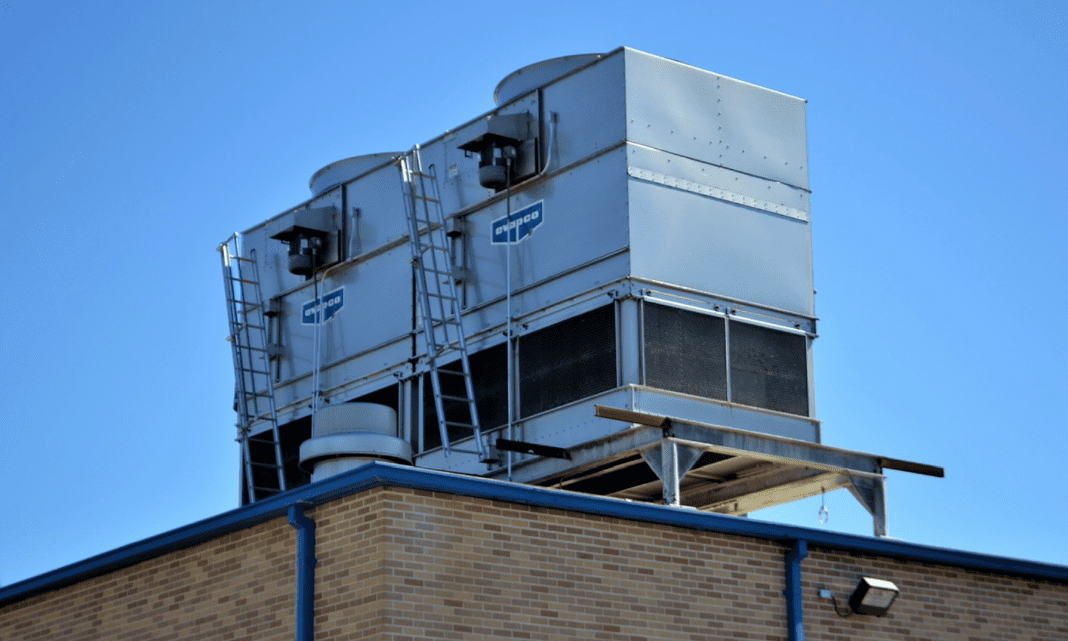In healthcare facilities, occupants are exposed to various airborne contaminants, such as chemicals, microorganisms, and particles, which come from both inside and outside the structure. The most effective approach to deal with an issue, like anything else, is to eliminate it. The most effective strategy to enhance air quality is to eliminate pollution sources. Here are some additional suggestions for improving the air quality in hospitals.
Test For Radon
Radon gas is a quiet, odorless gas that can be found practically anywhere in the United States. Furthermore, cigarette smoke is the second leading cause of lung cancer. Radon is thought to be responsible for tens of thousands of fatalities each year, according to scientists.
Testing is the only way to detect the invisible gas that occurs naturally in soil and rock. To improve air quality, have your hospital tested by professionals. It’s affordable and straightforward, yet reducing the gas could save patients’ and residents’ lives.
Maintain A Healthy Level Of Humidity
Moisture is a favorite food of dust mites and mold. Maintaining a humidity level of 30 percent to 50 percent helps keep them and other allergies at bay. A dehumidifier helps to decrease allergens by reducing moisture in the air. Another benefit for allergy sufferers is that an air conditioner lowers the indoor pollen concentration.
Accurate monitoring capabilities and efficient HVAC systems are required to maintain relative humidity levels at a low cost to manage the vast interior area inside hospitals. In addition, to meet the strict expectations of their quality management policies, a hospital must invest in reliable HVAC systems.
Observe Proper Ventilation
Turn off the HVAC system and open the windows whenever possible to let fresh air into the building. Make sure air vents aren’t obstructed. When furniture, storage boxes, chairs, or cabinets are placed in front of air vents, air circulation is disrupted, making the healthcare facility feel stuffy.
You should know that indoor plants are also a terrific way to bring character to the space. They are not only pleasing to the eye, but they also help to improve the quality of your interior air by absorbing carbon dioxide and releasing oxygen.
Use Upper-Air UVC Fixtures
For decades, hospitals and healthcare facilities have employed upper-air UVC fixtures to disinfect the air and prevent the transmission of viruses and bacteria, particularly tuberculosis. The devices use louvers to direct UVC into the room’s upper section. Because of the air changes per hour (ACH), the UVC disinfects the upper portion of the room, and the entire room is eventually sterilized.
Upper-air units that are properly built and installed can help enhance the effective ACH in a space. The units should create an ACHe of three to ten times the mechanical ACH in a given area. The actual numbers could be substantially higher.
Indoor air quality should be one of your top priorities at your hospital since it directly impacts the health and well-being of your employees and patients. Poor indoor air quality raises the risk of various health issues, including respiratory diseases and infections. It can also harm the patient’s mental health. To be safe, follow the guidelines above to guarantee that your hospital’s interior air is clean.


